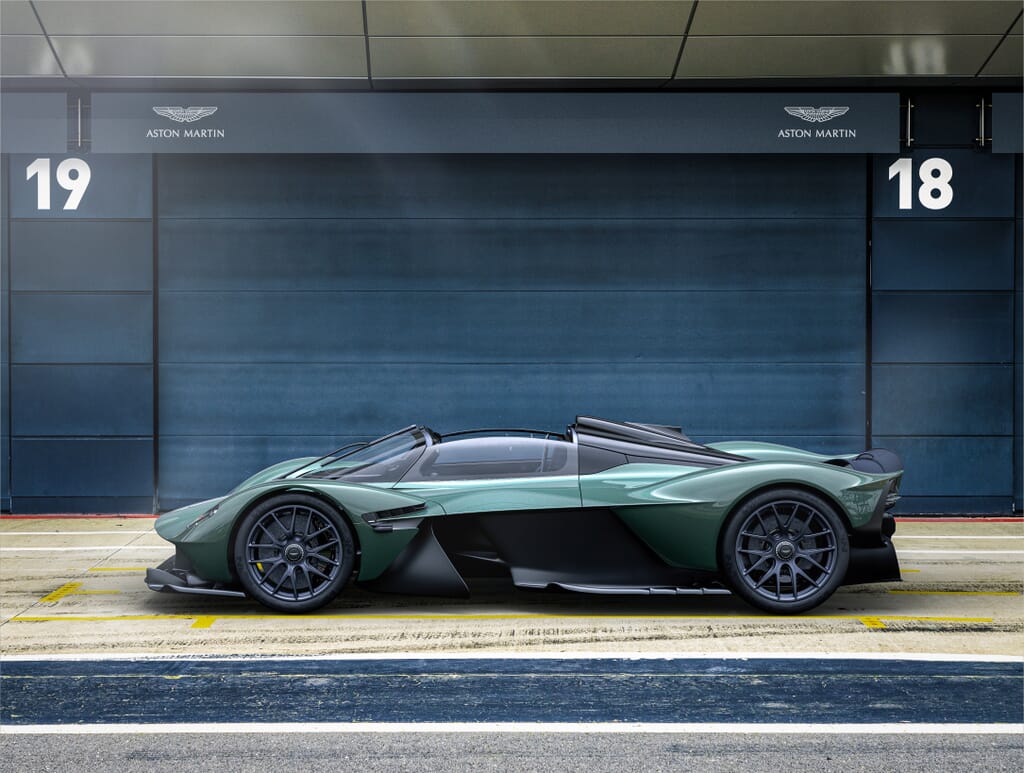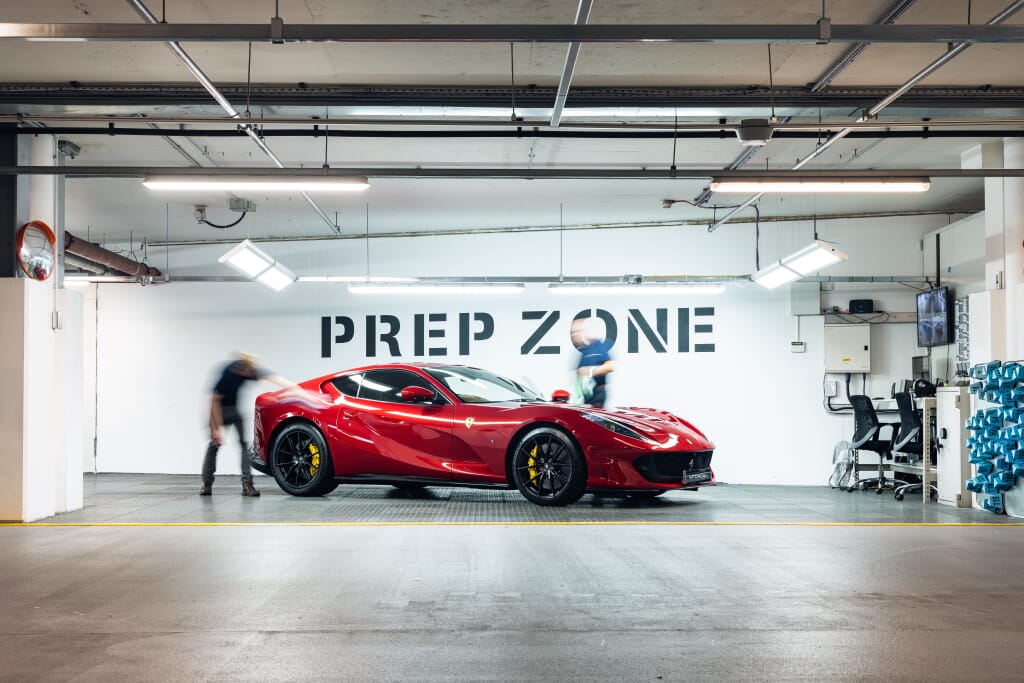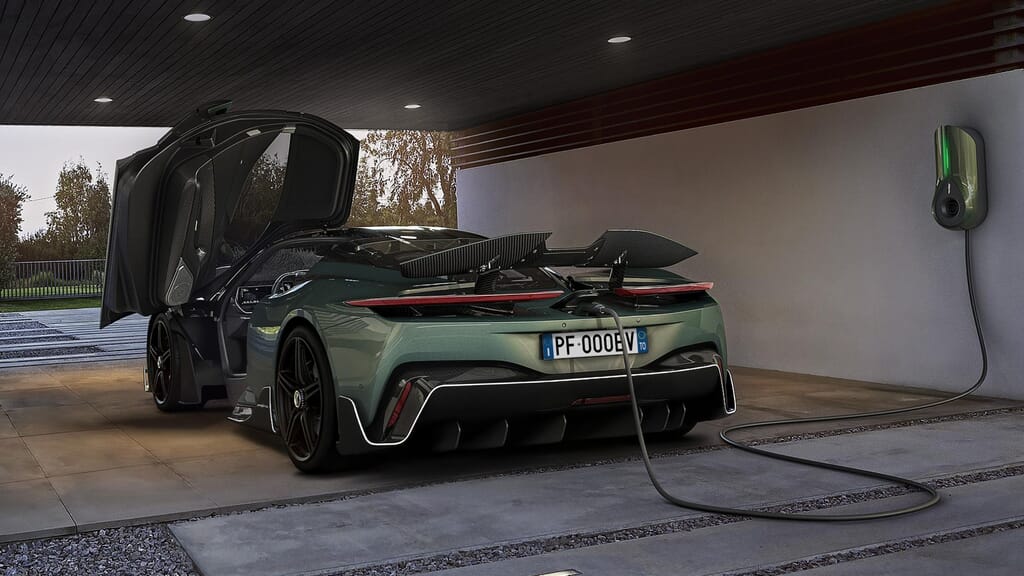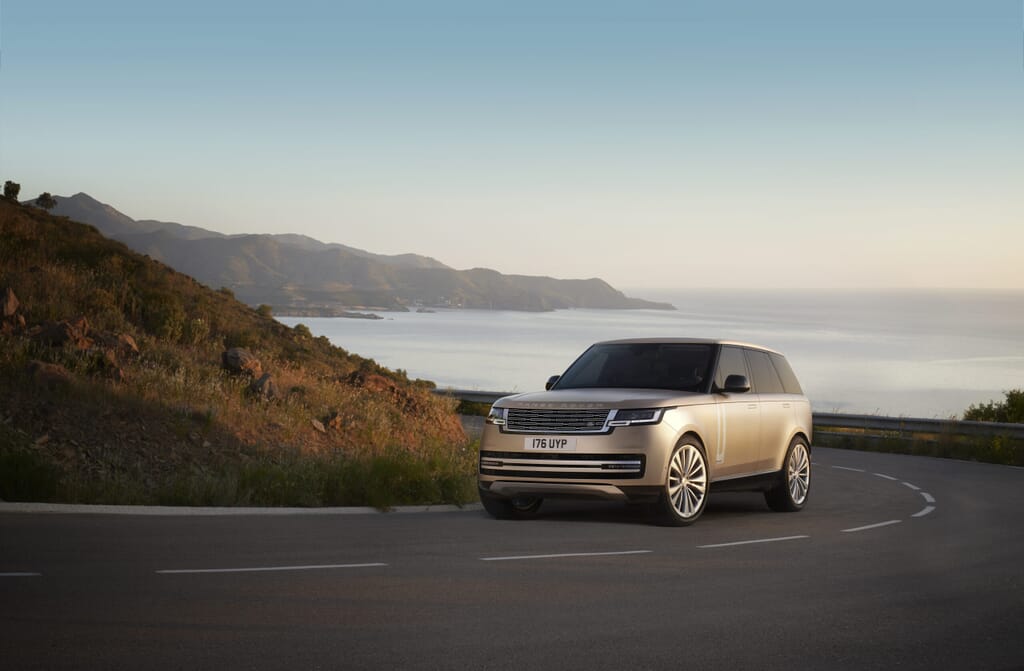
As the waiting list grows, Windrush’s luxury car storage team assesses the pre-release buzz and considers the pros and cons of the iconic British marque’s first pure EV Range Rover
It’s all change at Land Rover. With no fewer than six all-electric vehicles on the release schedule – and plans to offer every model in the range with a combustion-free powertrain by 2030 – the venerable British marque clearly takes futureproofing seriously. For now, the first fruits of Land Rover’s most drastic ever product overhaul will be under scrutiny when the inaugural Range Rover Electric goes on sale in 2024.
When we say ‘goes on sale’, of course, that’s optimistic. As you might expect with such an aspirational release, the Range Rover Electric car won’t initially be found on dealer forecourts but available only to those who join the waiting list (and it’s long…). So what can we expect from this watershed EV – and can it slug it out with the BMW iX and Mercedes-Benz EQS SUV for supremacy in the luxury cars market?
Evolution not revolution
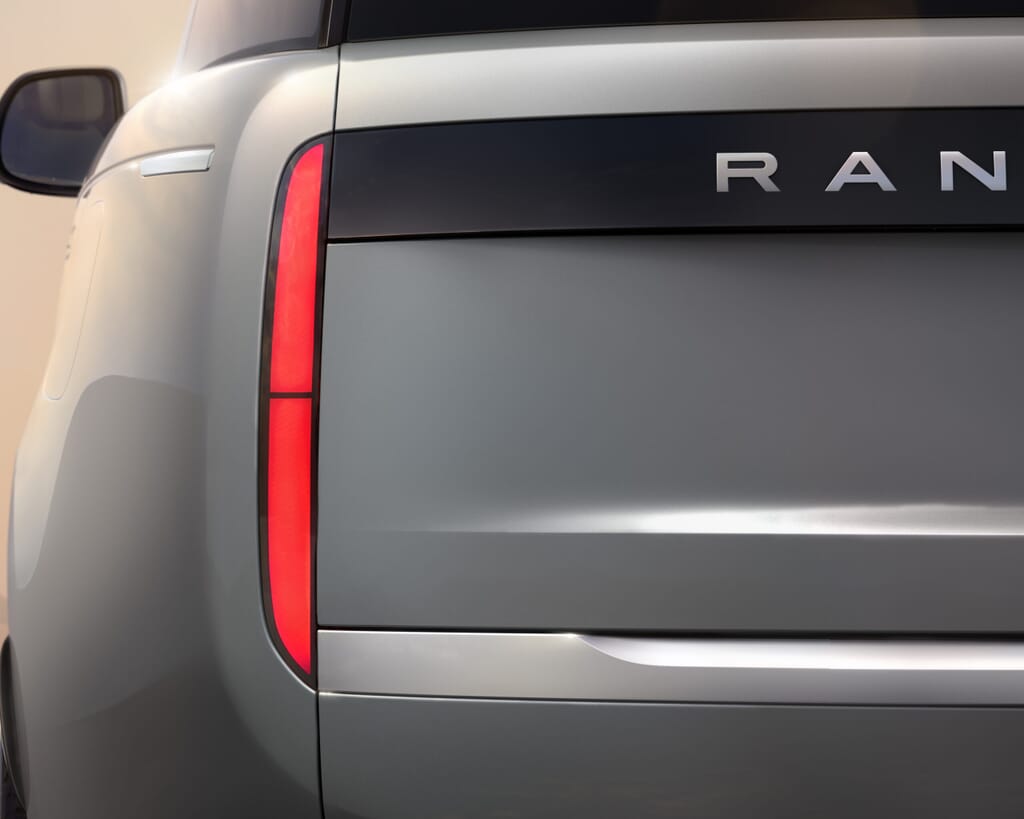
The new Range Rover Electric isn’t a complete line in the sand. We know it will be broadly based on the current V8-powered flagship ICE model, while it seems the styling – as fleetingly glimpsed in a few preview images and an artsy official teaser ad – won’t be a total departure, either, landing on the sophisticated-meets-brutalist vibe that has long been Range Rover’s calling card.
Elsewhere, of course, the electric format will bring changes. With batteries supplied by a third party (before production moves in-house to the £4 billion Jaguar Land Rover factory planned for construction in Somerset), ultra-fast charging will be achieved with the new electric car’s 800V architecture. That power can be used for many different driving scenarios, too, with JLR’s product engineering head Thomas Müller stressing “go-anywhere” all-terrain abilities (including towing and wading) that outstrip any competing luxury electric SUV.
The new Range Rover Electric can even make it through water depths of 850mm, but this model is not necessarily conceived for rough, rustic drives, with Müller promising the new EV will be “the quietest and most refined Range Rover ever”.
Under the bonnet
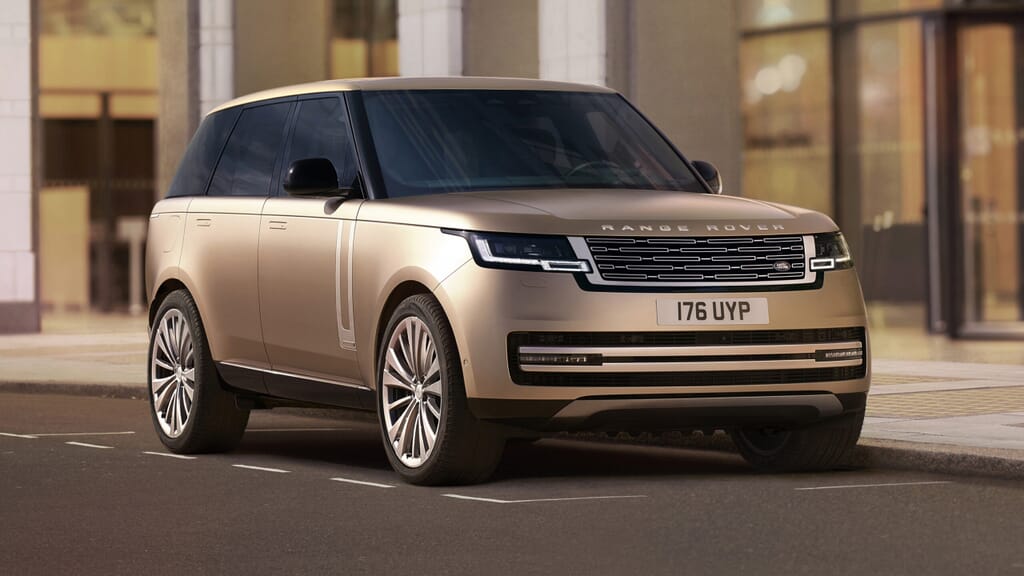
As yet, with on-road prototypes being discreetly tested in Sweden and Dubai, Range Rover hasn’t released black and white performance stats for its new electric model. However, James Attwood from Autocar recently made projections on the mechanicals.
“Originally, it was planned that Land Rover’s first EV would share the MLA underpinnings with the long-promised electric Jaguar XJ, but that model was cancelled,” he writes. “The electric Range Rover could be one of the first production models to benefit from a new development partnership between JLR and BMW, which will have the German and British firms collaborate on electric drive systems.”
Meanwhile, Attwood also expects the new Range Rover Electric to feature a twin-motor set-up (thereby boosting all-wheel-drive ability and systems like torque vectoring to improve off-road handling). And with JLR bosses touting “comparable” performance to the ICE equivalent, drivers can presumably expect power figures around 523bhp.
Safety first
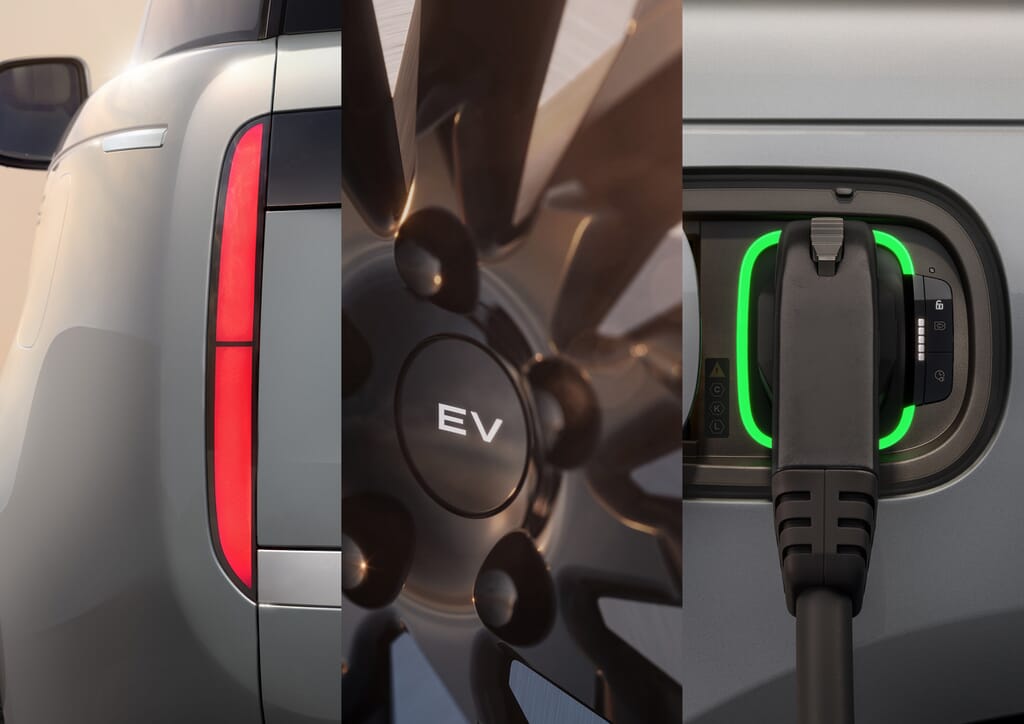
The buzz surrounding the new Range Rover Electric is palpable, but if there’s a fly in the ointment, it’s the unwelcome recent headline revealing that Land Rovers are the UK’s most commonly stolen cars (with data suggesting that of the 896,948 UK-registered Landies, 8,284 were reported stolen in a year, equivalent to 924 thefts per 100,000). Read our blog about the UK’s most stolen vehicles.
A street-parked new Range Rover EV will likely be even more of a target than the current thieves’-favourite Velar R-Dynamic (of which around an eye-watering one in 50 are stolen). And while some owners will take up JLR’s own fully comprehensive insurance, Windrush luxury car storage is a far more effective solution.
Secure luxury car storage for Range Rovers and beyond
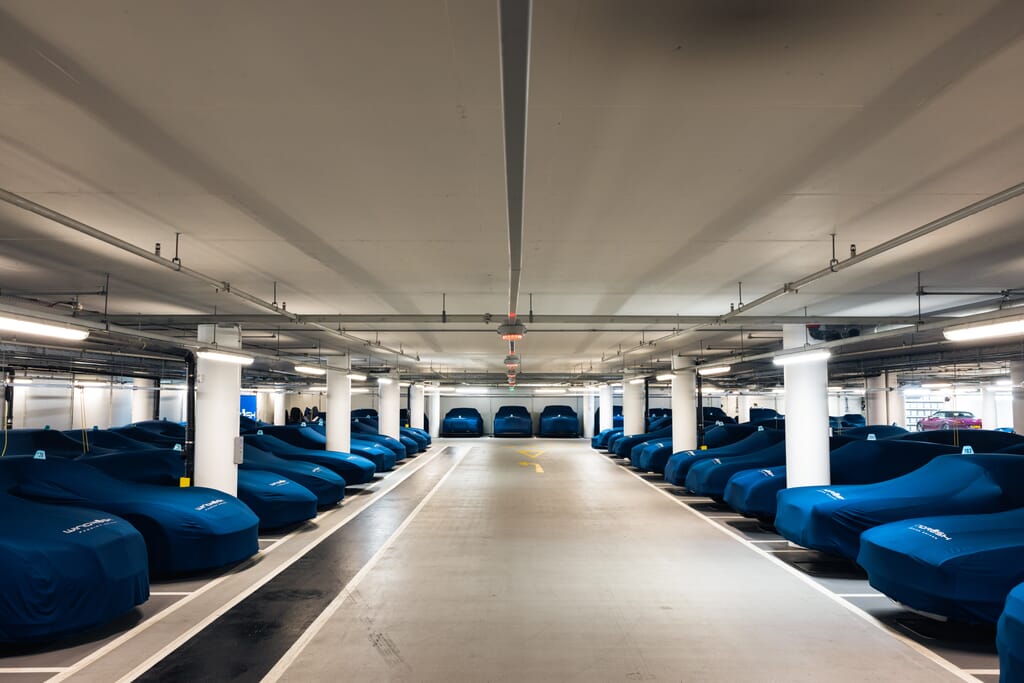
Whether you’re eyeing the new Range Rover Electric – or want to protect your existing pride and joy – you simply won’t find safer luxury car storage than Windrush. Private, discreet and invisible to those who haven’t been entrusted with its exact location, our twin car storage facilities in London and the Cotswolds also boast carefully vetted staff, watertight premises, 24/7 security and the innovative Drop Zone feature that combines peace of mind with round-the-clock flexibility. No other luxury car storage solution goes further to keep your vehicle safe.
Email the Windrush team to enquire about our luxury car storage services. We’re ready to help you on info@windrushcarstorage.co.uk

